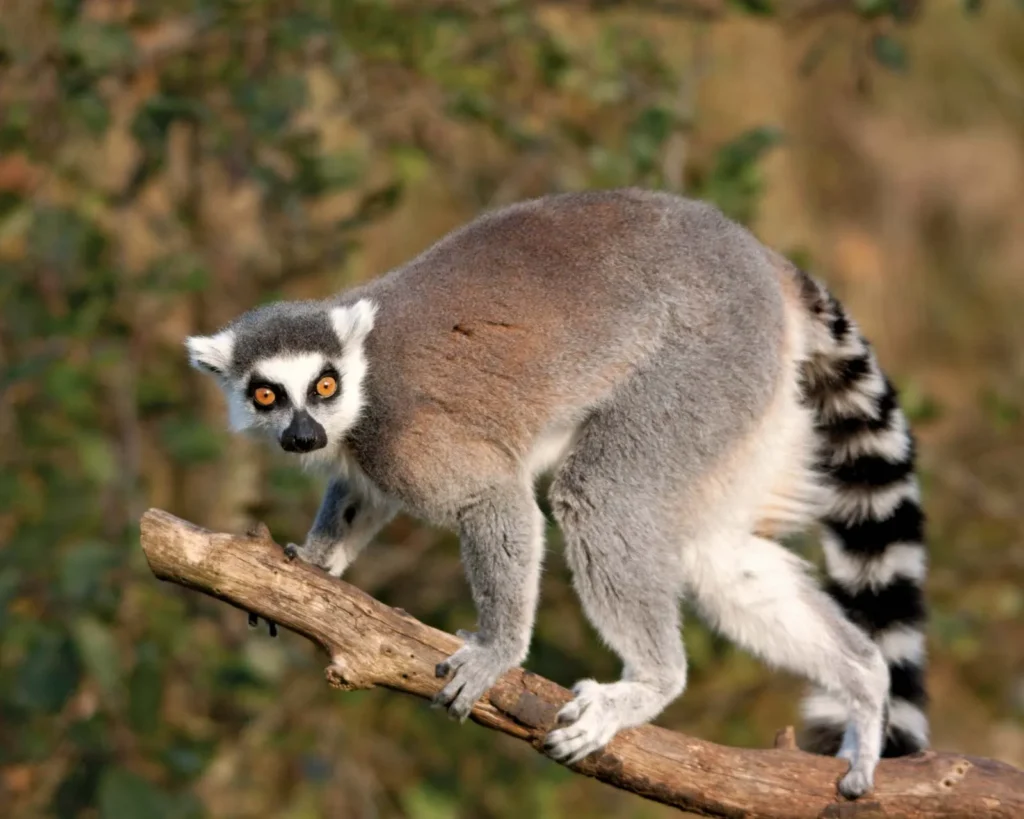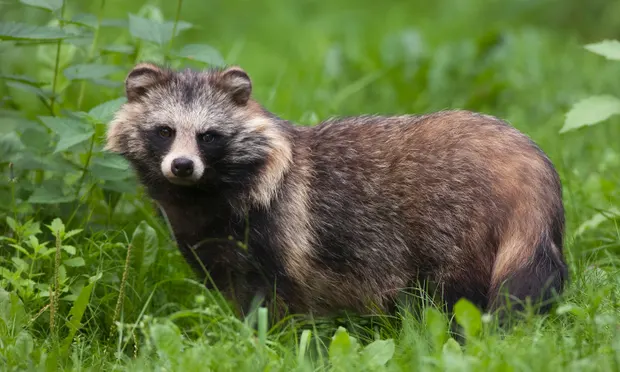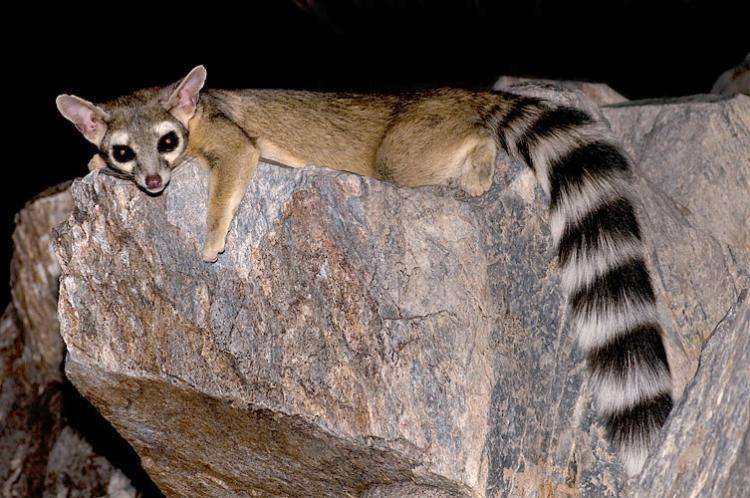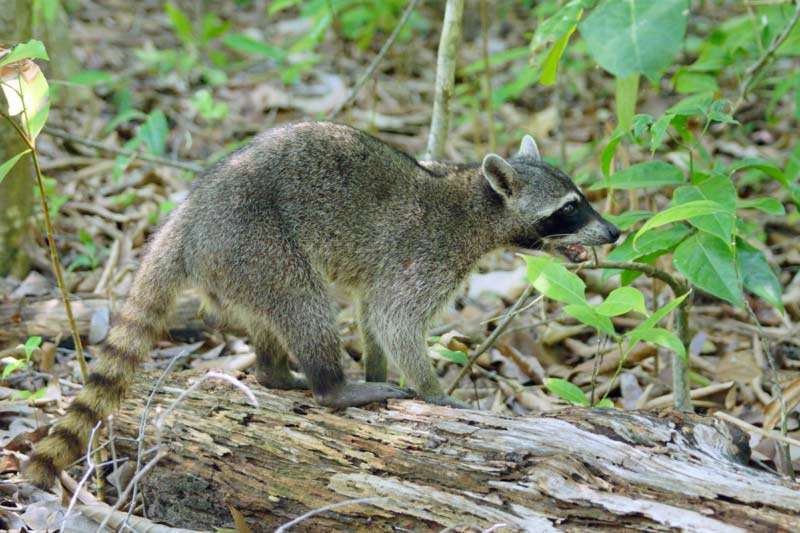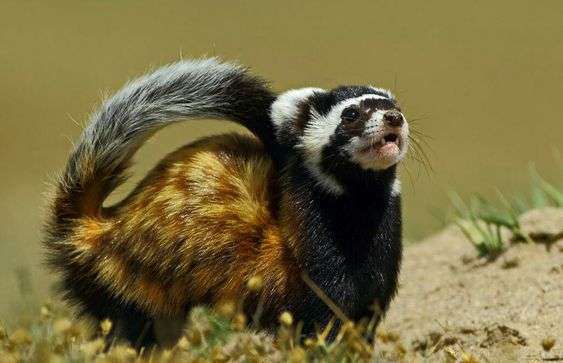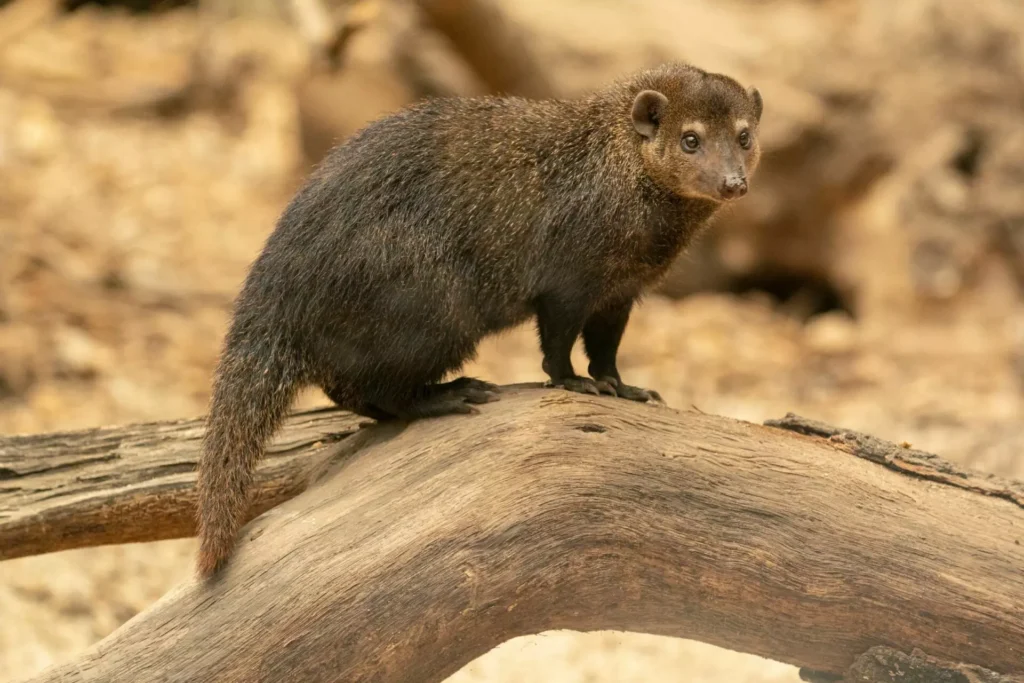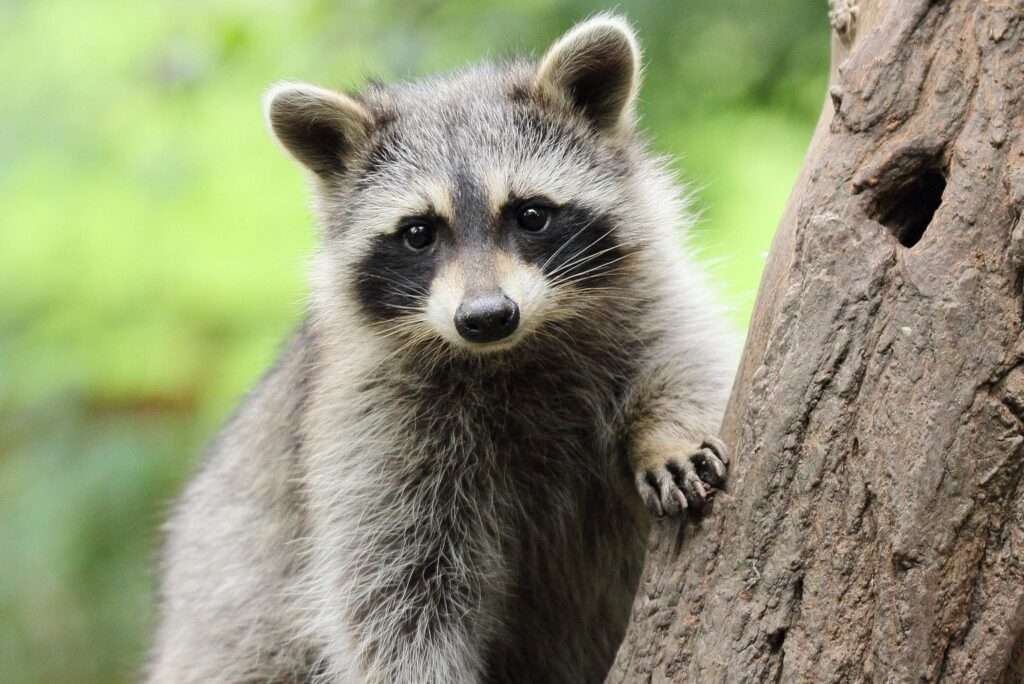Lemur
Description Scientific Name: Lemuroidea Bright, rounded eyes and silky fur with a range of colors are features of lemurs. Lemurs typically come in shades of white, grey, black, brown, and red-brown. Males and females of certain species have different colors. Male blue-eyed black lemurs, for instance, are completely black, whereas females are reddish brown. Lemur […]


